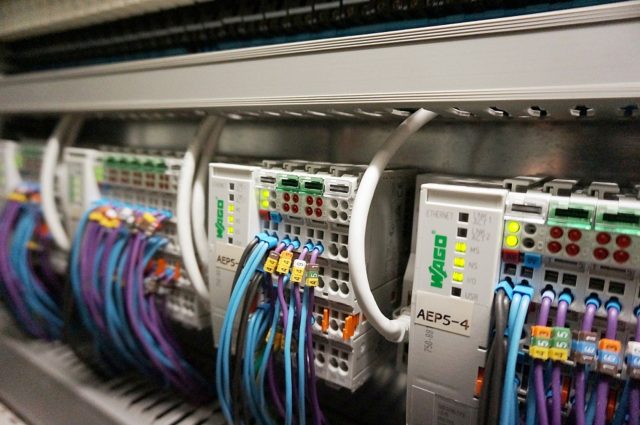A programmable logic controller referred to as PLC is a computer control system of the industrial level. PLCs are industrial computer control systems. To put it simply, a programmable logic controller monitors the functioning of input devices. This control system makes decisions based on custom programs. This, in turn, enables these control systems to control the functioning of output devices. The outcomes of output devices are therefore controlled by PLCs based on the custom program. To learn about the Mitsubishi melsec series programmable logic controller, continue reading.
Key Features Of A PLC
Here are the main features of a programmable logic controller.
- This type of computer is designed to function in industrial environments. These computers can function smoothly even in harsh environments which are common in industries such as extreme temperatures, very humid or dry conditions, and even dusty environments.
- The main function of PLCs is the automation of several industrial processes. A few of these processes include manufacturing the assembly line of a plant, wastewater treatment plant, etc.
- Although there are many similarities in terms of features between a PC and a PLC, there are several distinct differences. These include the ability of PLCs to perform continuous as well as discrete functions. A PC cannot function efficiently in an industrial environment whereas a PLC can. A PLC manages a variety of electromechanical processes of a plant.
- PLC is programmed as per the unique requirements of the industrial plant. PLC control systems manage the programming of a PLC to suit the unique operational requirements of the plant.
About Mitsubishi PLCs
Mitsubishi is one of the companies that manufacture programmable logic controllers. The Mitsubishi melsec PLCs have several features that make them suitable for industrial use. One of the main features of Mitsubishi PLCs is the compact size of the system. It is sleek and compact. This makes it efficient to use. The core components of a PLC have been mentioned as follows:
- The Input Modules: This component receives and converts sensory signals into logic signals. The CPU cannot process the digital signals if they have not been converted into logic signals.
- Output Modules: This component uses the instructions given by the CPU to control several devices.
- The Central Processing Unit (CPU): This is the most important component. It processes the signals received and sends control instructions to the output modules.
- The Operator Module: This component displays the process information
- The Programming Device: This component is involved in the installation of instructions for the PLC to follow.
The Mitsubishi melsec PLCs are perfect for industrial use.








